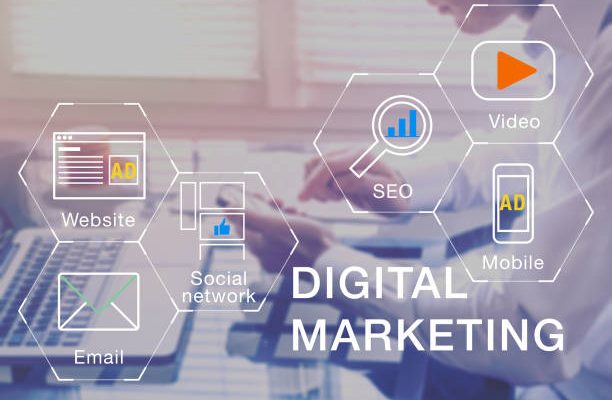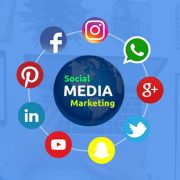When it comes to digital marketing and public relations, people are often confused by the roles that each play. While they share many similarities, some key differences set public relations vs marketing apart.
PR has traditionally focused on generating brand awareness, changing public opinion, and dealing with crises. In contrast, digital marketing generally focuses on identifying the target audience and ultimately getting them to convert. As you can see, the deliverables, metrics, and outcomes of digital marketing and PR are quite different. While this is true, these differences make them such a great complement to each other when integrated into a full marketing campaign. Below are a few of the differences between digital marketing and PR and how these differences allow them to serve as the perfect counterpart to each other.
Channels
One of the biggest differences between digital marketing and PR is the channels each uses to achieve their objectives. Since digital marketing is solely within the online sphere, its marketing channels do not include traditional channels, focusing on PPC, social media, paid social, content marketing, SEO, creative and web development. Modern-day PR strategy combines traditional and digital channels, including online publications, print publications, and social media outlets.
Digital Marketing and PR Cross-Channel Integration
While PR and digital marketing have different channels, when used in unison, PR can elevate a digital marketing agency’s activity and vice versa. Even though they have different deliverables, key metrics, and outcomes, they greatly support one another when cross-channel integration is implemented.
Whether you are sharing an online PR placement through social media as a paid ad or working with SEO to secure quality links within online PR placements, there are numerous ways to integrate digital marketing and PR. By focusing on cross-channel integration, you bring your digital marketing and PR efforts to the next level!
SEO and PR
The best way to drive SEO value and domain authority is through securing high-quality links, which you can do through an online PR effort. While SEO did not always fall into the realm of PR marketing, digital marketing and digital PR experts have realized PR’s important role in helping the SEO team boost results. When a PR team focuses on online placements, they can secure links to specific pages on clients’ websites and work with SEO to decide how to position those links and ensure solid SEO value, thus increasing a client’s website domain authority. Securing coverage and links on authoritative sites is a great way to assist the efforts of your SEO team, but also a huge win for PR in driving brand awareness.
Paid Social and PR
Securing an online PR placement is a huge win, but this win can be fleeting if the article doesn’t get visibility. Thousands of articles are posted every day, meaning your online placement could quickly become a needle in a haystack.
A great way to further visibility and ensure your placement isn’t forgotten is by sharing it through social media as an ad landing page. This drives traffic to the article discussing your brand and helps build the credibility of the brand! You’re introducing a genuine testimonial instead of overwhelming your audience with overdone ads. People are much more likely to respond to an outside opinion than a brand’s self-promotion. After all, brands are trying to boost sales, making them less credible sources.
Here at Power Digital Marketing, we use a tool called Sniply to drive Facebook users to a piece of secured client coverage. Sniply monitors the target audience and how they engage with these links and keeps track of conversion rates. For those who don’t convert, we can later retarget those individuals with new ads, driving them deeper into the funnel and closer to converting.
PPC
Another great complement to PR is PPC. Through specific keyword targeting, PPC helps you position your message or PR placement at the top of search engines. When someone searches with those specific keywords, this ensures they see your placement or message first. This PR strategy can help grow brand awareness, increase visibility, and counter potential negative media attention.
Social Media and PR
Influencer outreach strategy can be a tactic for building brand awareness through social media postings from influencers and creating user-generated content, which can be used as creative material for the brand’s organic social media. In addition, organic social media is a great way to showcase and leverage any online PR placements. This public relations strategy also helps to reduce audience fatigue by diversifying the content on your social media accounts, ensuring your potential customer audience stays engaged!
Content Marketing and PR
Content Marketing and PR are inherently intertwined and can drive huge success when used together. How? Through driving SEO rankings and getting more eyes on your content!
If you have great content and an excellent content strategy, you can pitch the content before it’s published as exclusives to editors, allowing you to tease out article topics. This also allows you to give editors quotes from your content or potentially have them publish the entire piece as a byline. It is important to note that if an editor decides to publish it as a bylined article, you should not publish it on your blog. You can write a similar piece that relates to the bylined piece and links back to it but do not publish duplicate content.
Promoting content through PR is a huge opportunity for you to drive SEO rankings and showcase your company, so start pitching!



















Comments